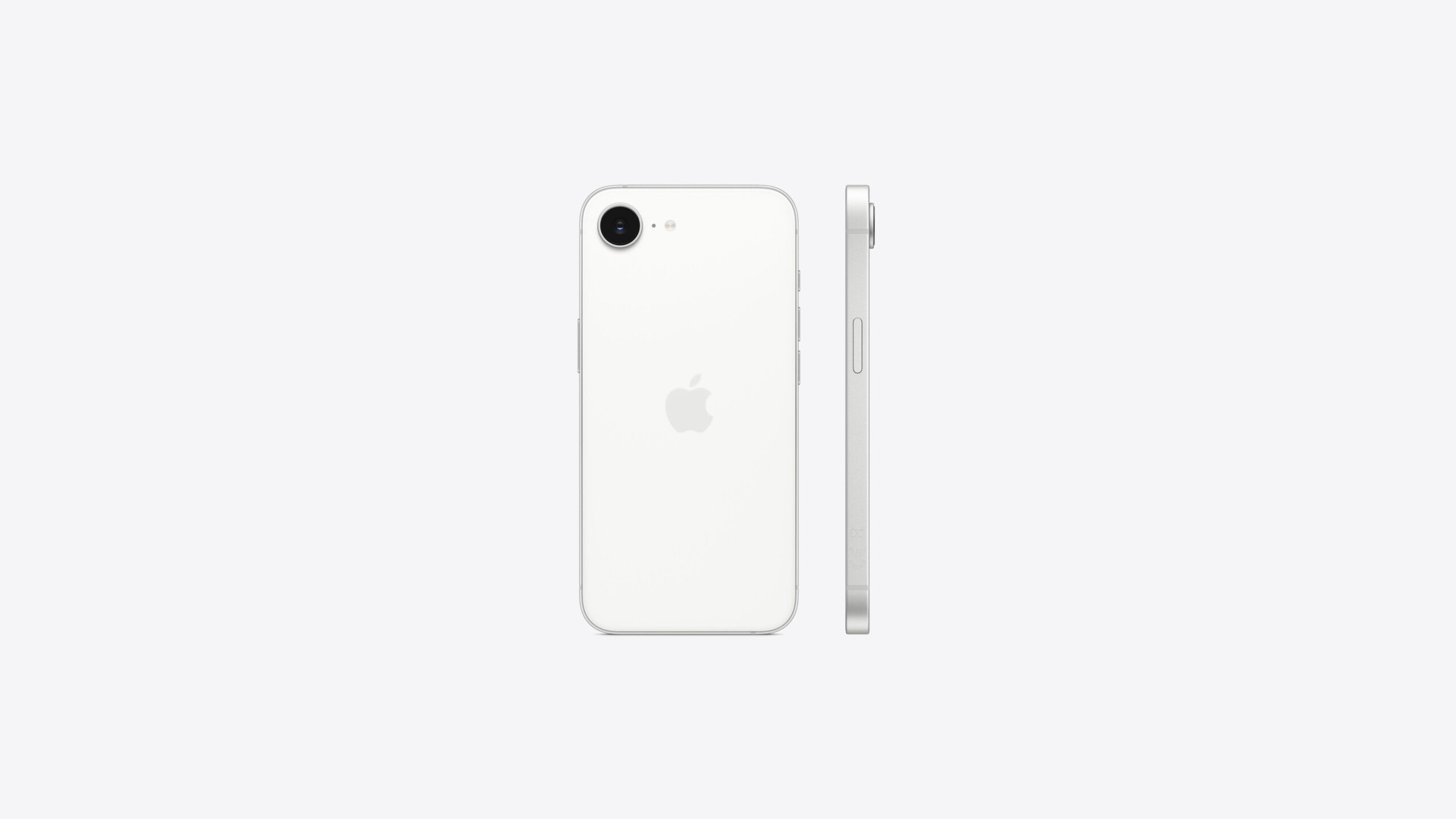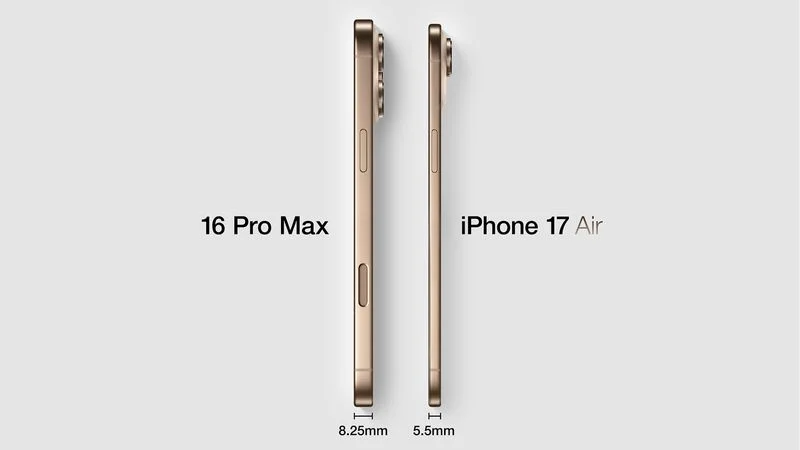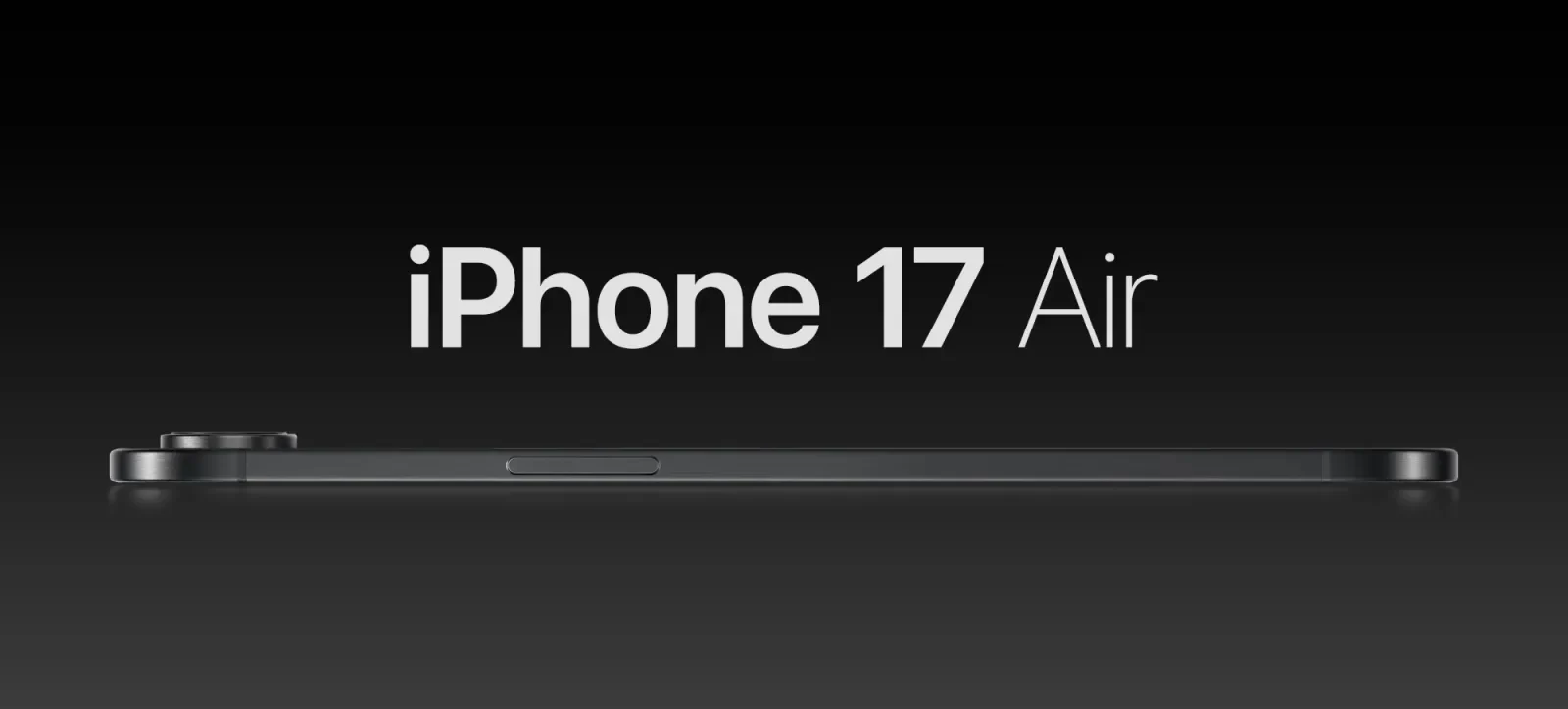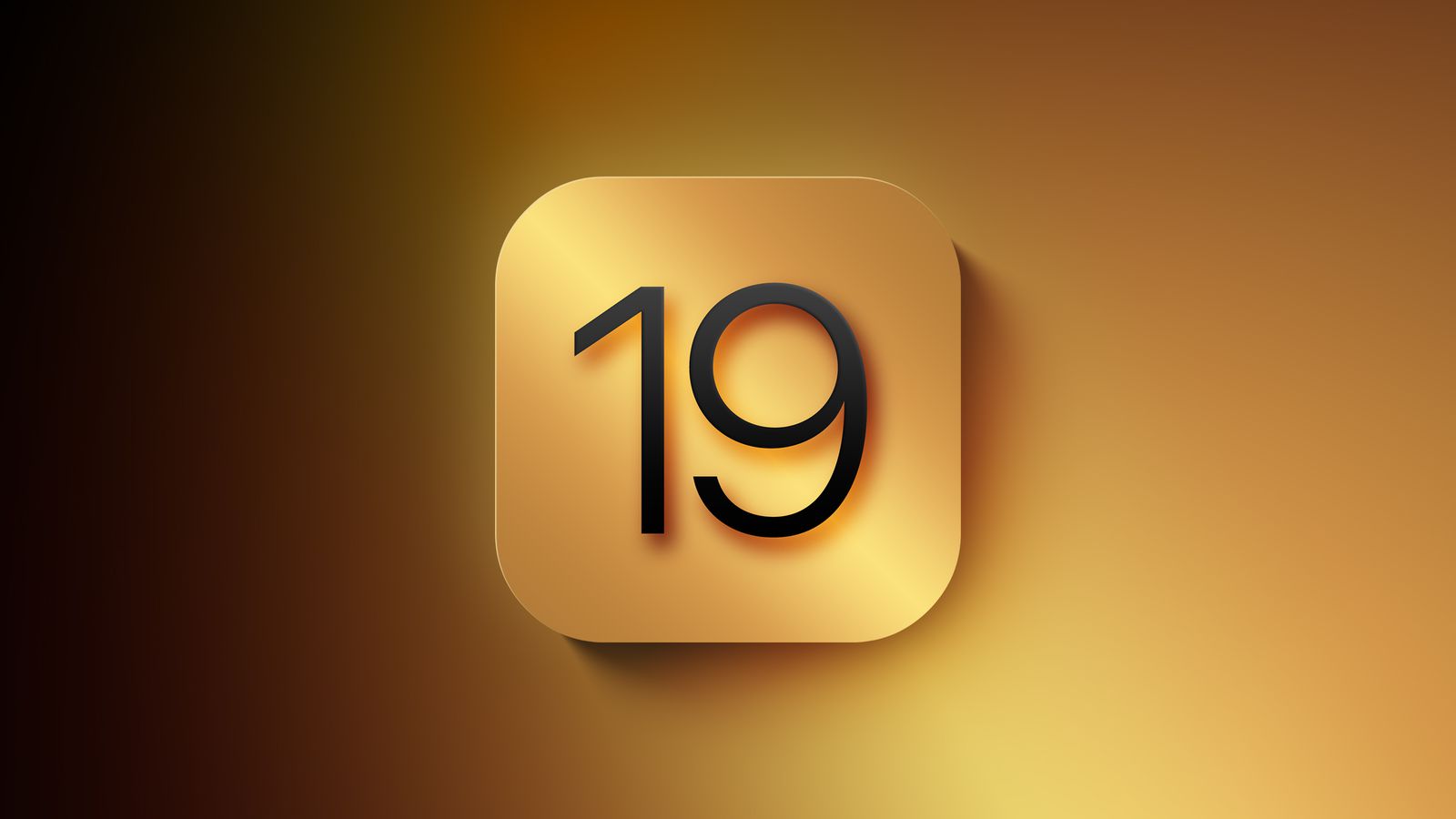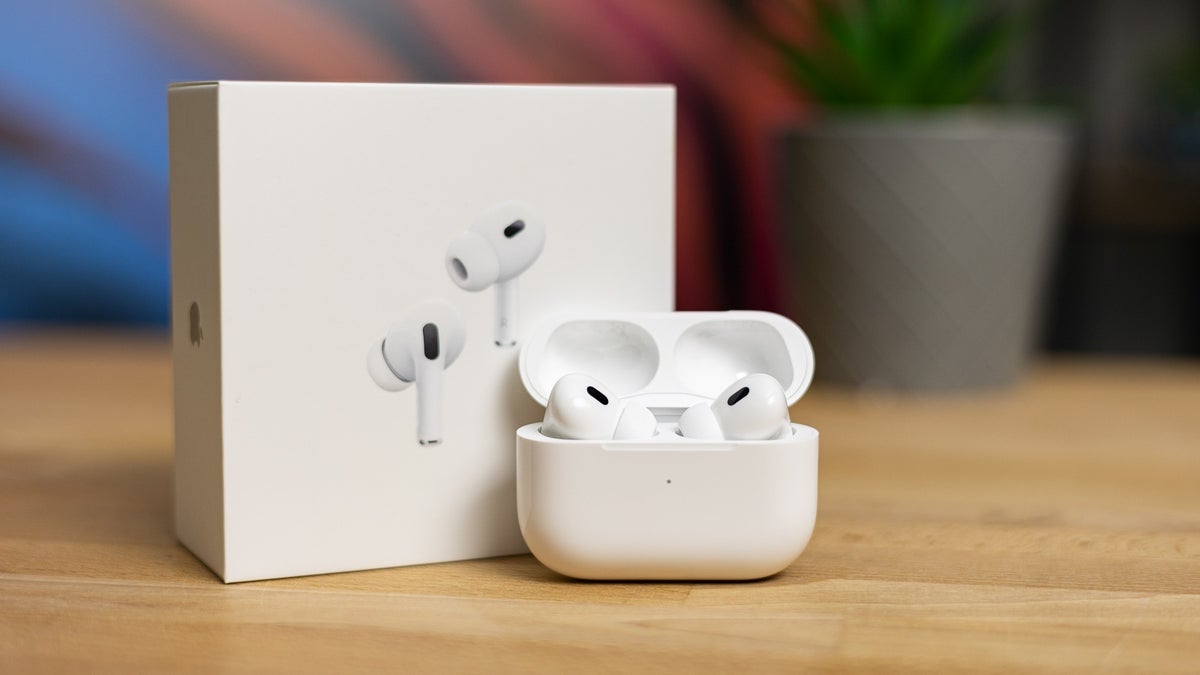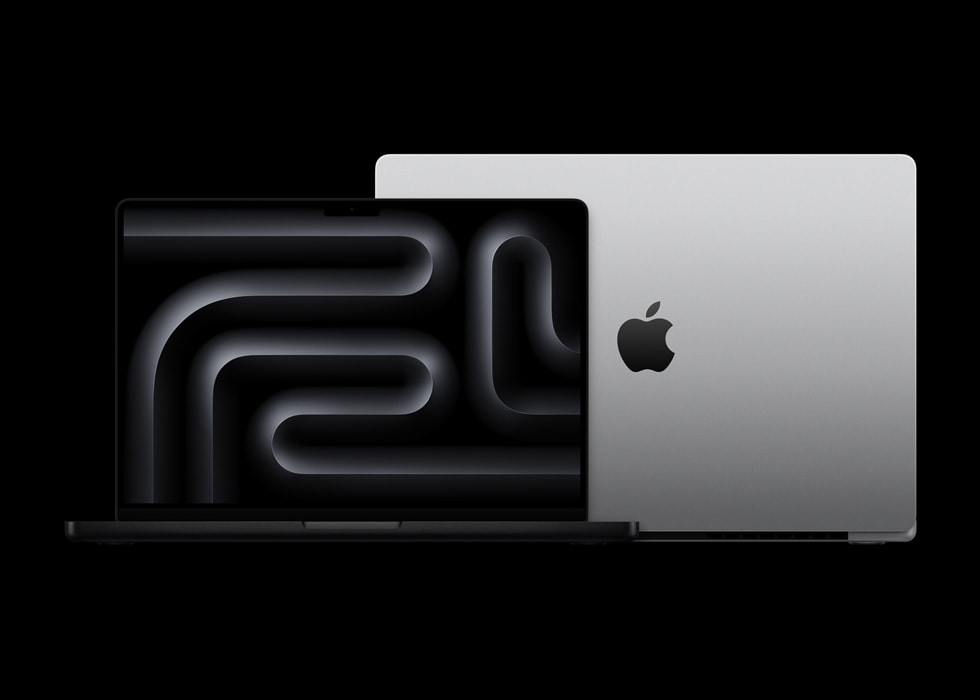Every time a new iPhone launches, Sebastiaan de With, the brains behind the Halide camera app, takes a close look at its camera features. Recently, Apple introduced the iPhone 16e, boasting a fresh 48-megapixel standalone camera. De With explored how it holds up against the cameras in Apple’s top-tier iPhone 16 lineup.
iPhone 16e Camera Basics
At first glance, the iPhone 16e, iPhone 16, and iPhone 16 Pro all seem to share the same 48-megapixel Fusion camera, capable of snapping 1x and 2x photos. But a closer peek reveals differences. The iPhone 16 Pro has a wider f/1.78 aperture, while the iPhone 16 and 16e use an f/1.6 aperture. Unlike the iPhone 16, the 16e misses out on sensor-shift stabilization, proving these cameras aren’t identical.
De With explains that Apple paired the iPhone 16e’s modern A18 chip processing with an older, smaller camera part. With only one Wide lens, it skips extras like Macro mode, spatial photos or videos, Night mode for Portraits, and video perks like Cinematic or Action modes. Fancy options like ProRAW are also absent.
Picture Quality Check
In a side-by-side test with the iPhone 16 Pro, the 16e leaned toward warmer tones and showed a tighter view. Its smaller sensor grabbed fewer details, especially in dim light, where the difference stood out. The 2x shots looked rougher, with processing that didn’t impress de With.
While the iPhone 16e doesn’t match the iPhone 16 Pro or even the iPhone 16, it’s closer to older non-Pro iPhones or the iPhone 14 Pro. The lack of sensor-shift stabilization hurts it the most, making low-light and night photos less sharp.
Still, de With found charm in the 16e’s grainy, moody sensor—a fun contrast to the 16 Pro’s bigger, clearer one. “It’s got a cool feel, as the younger crowd might say,” he noted. For the full scoop and photo comparisons, check out de With’s detailed review on the Lux website.
